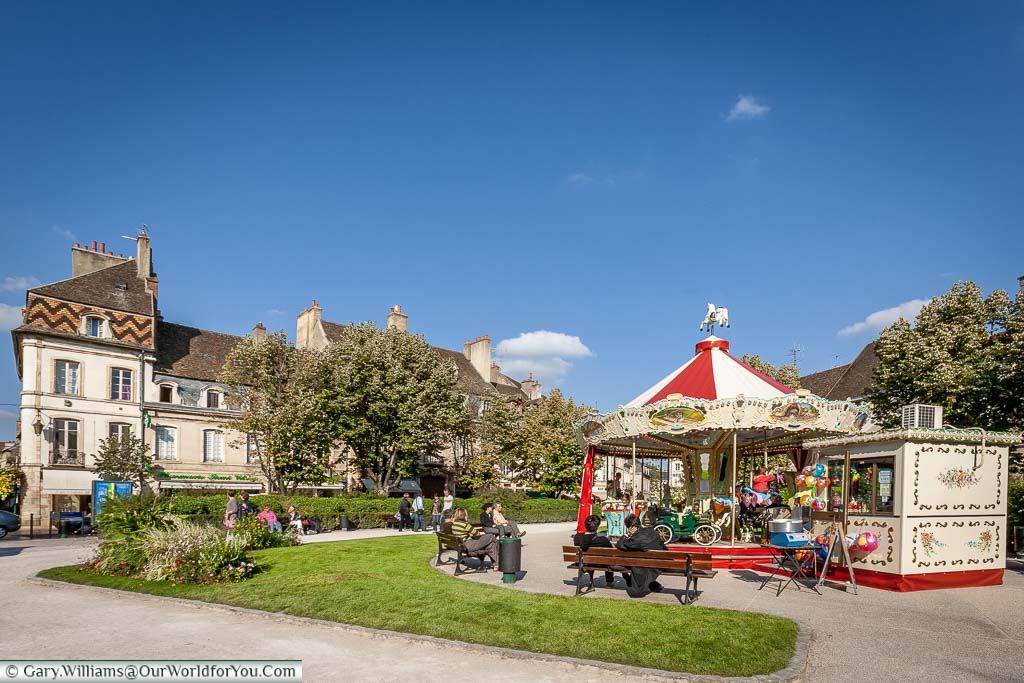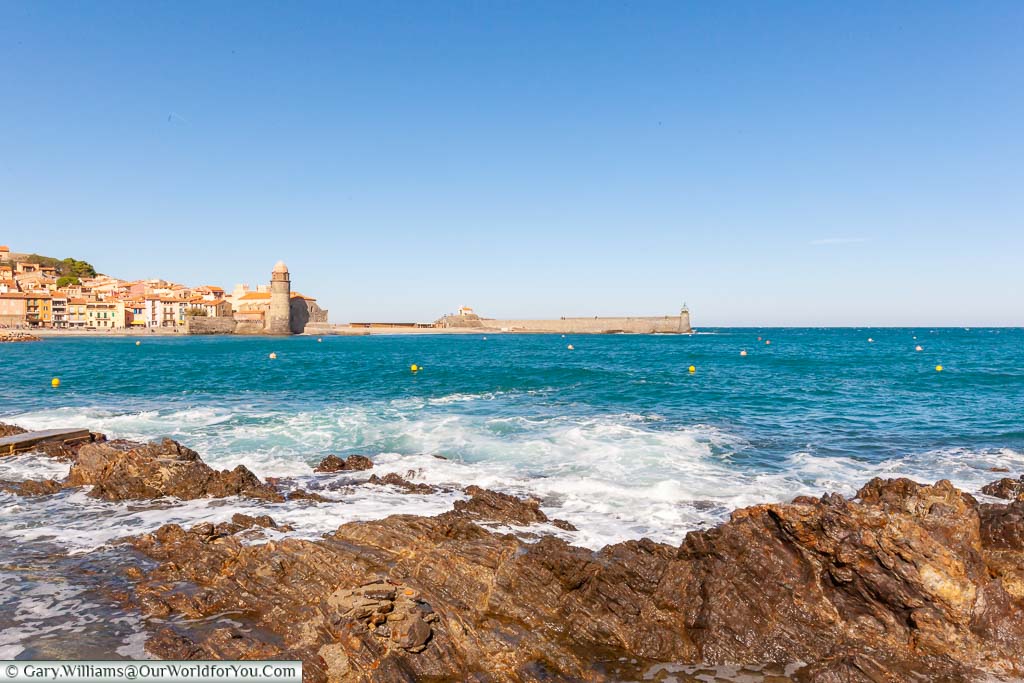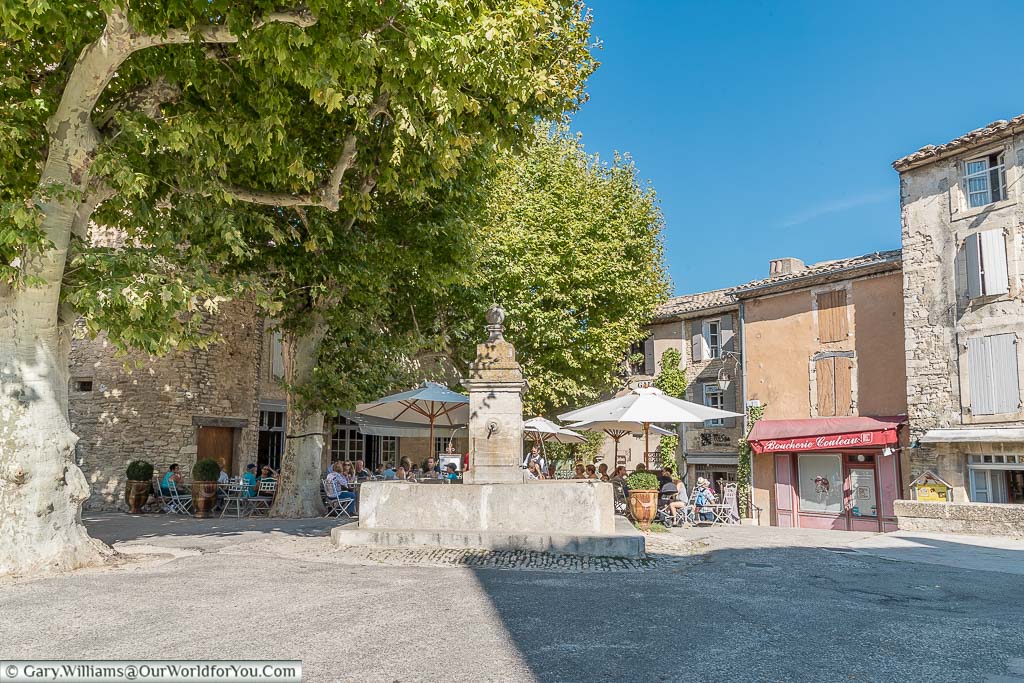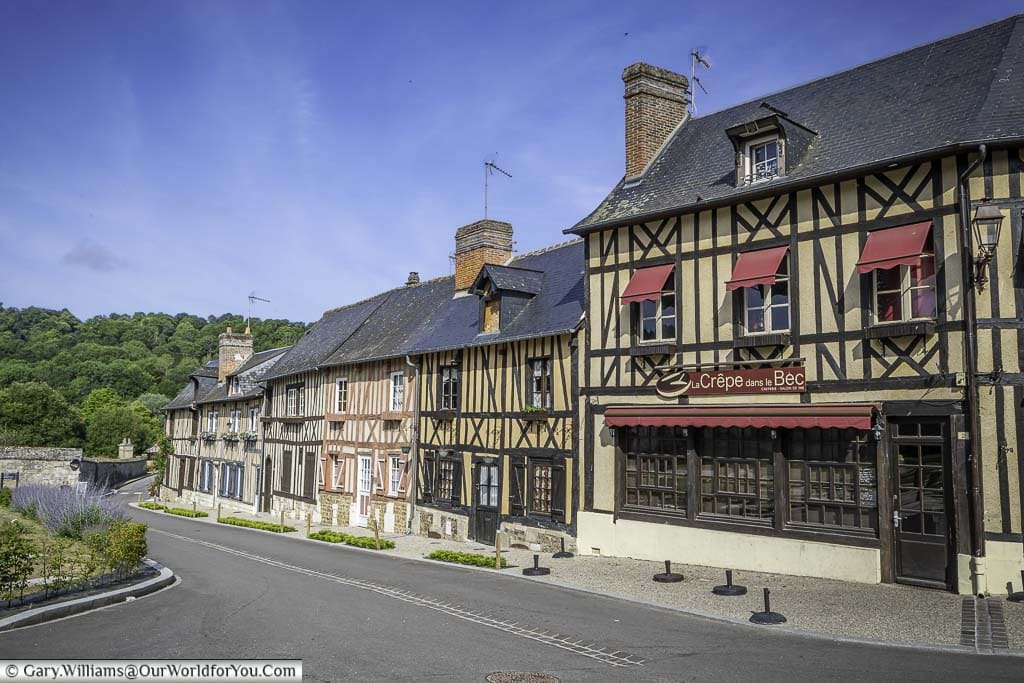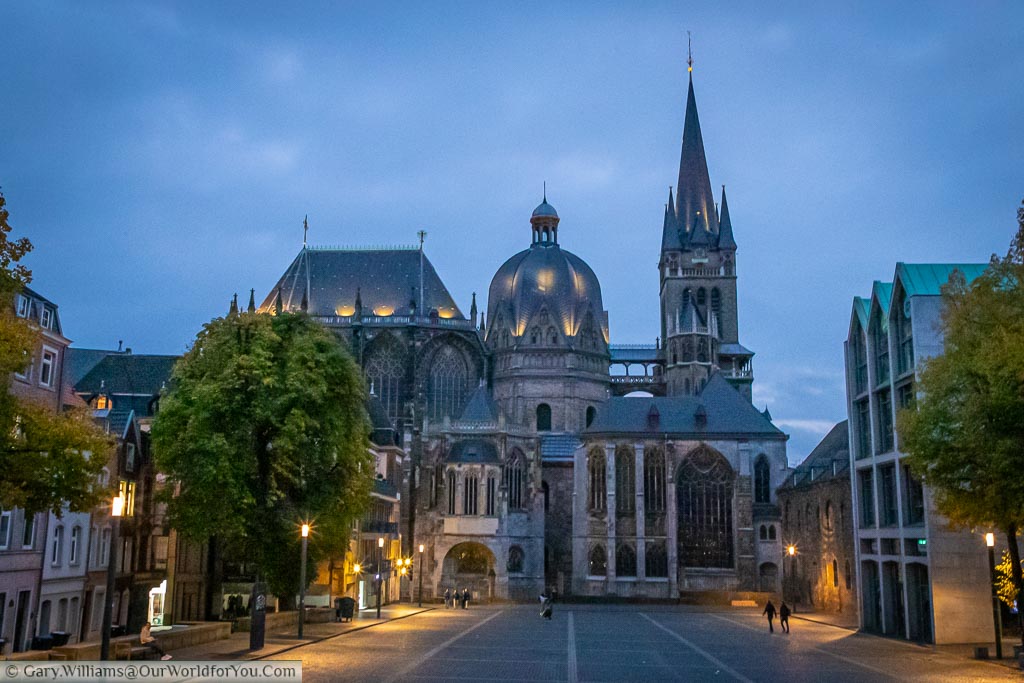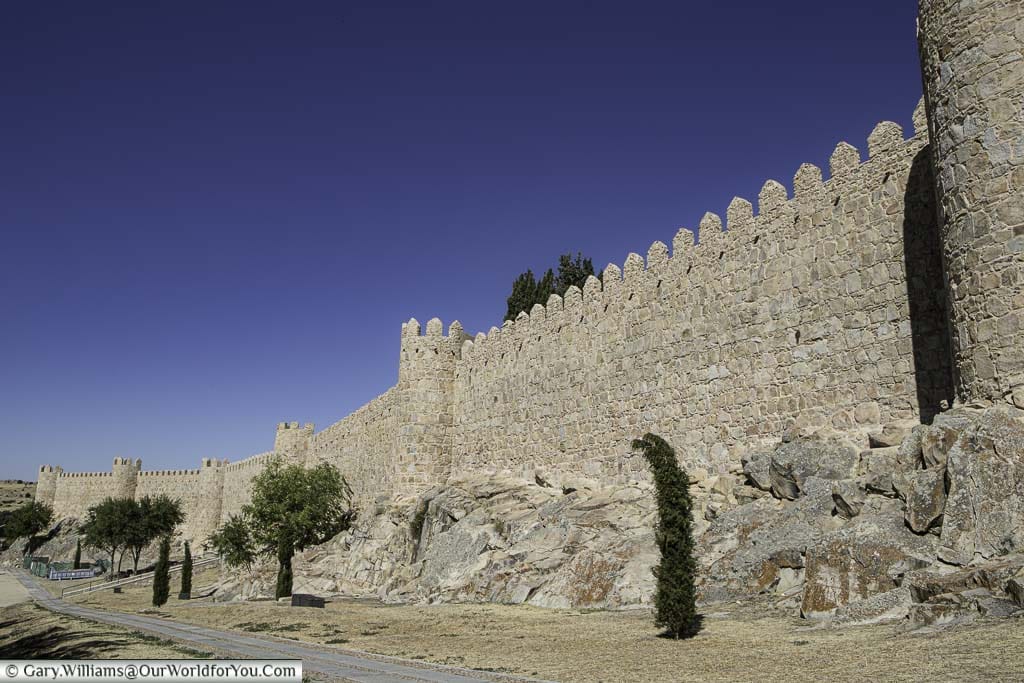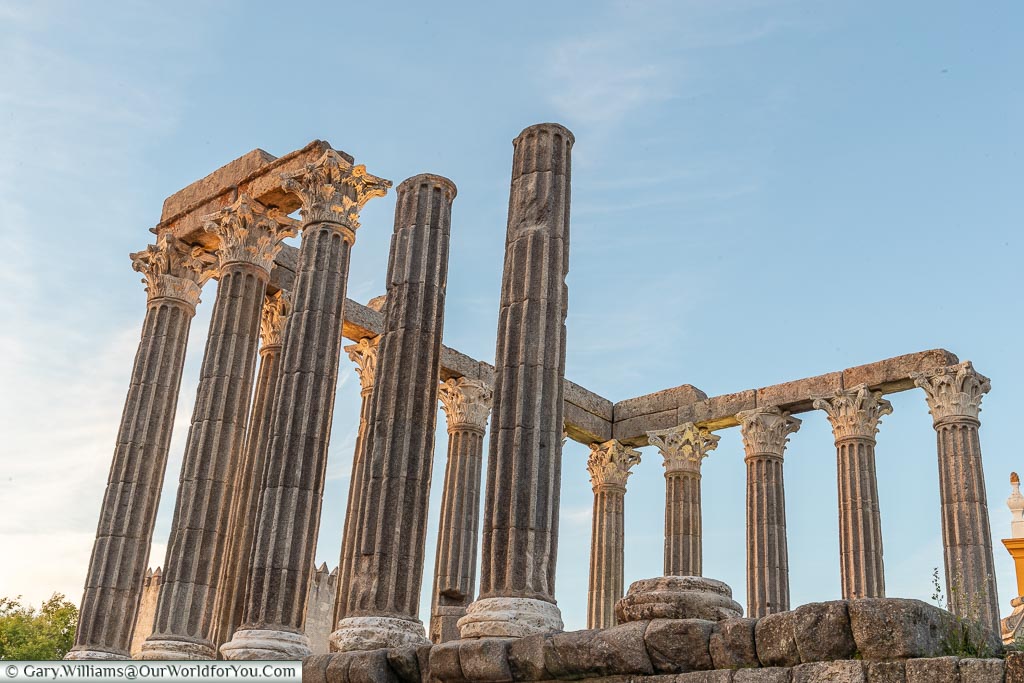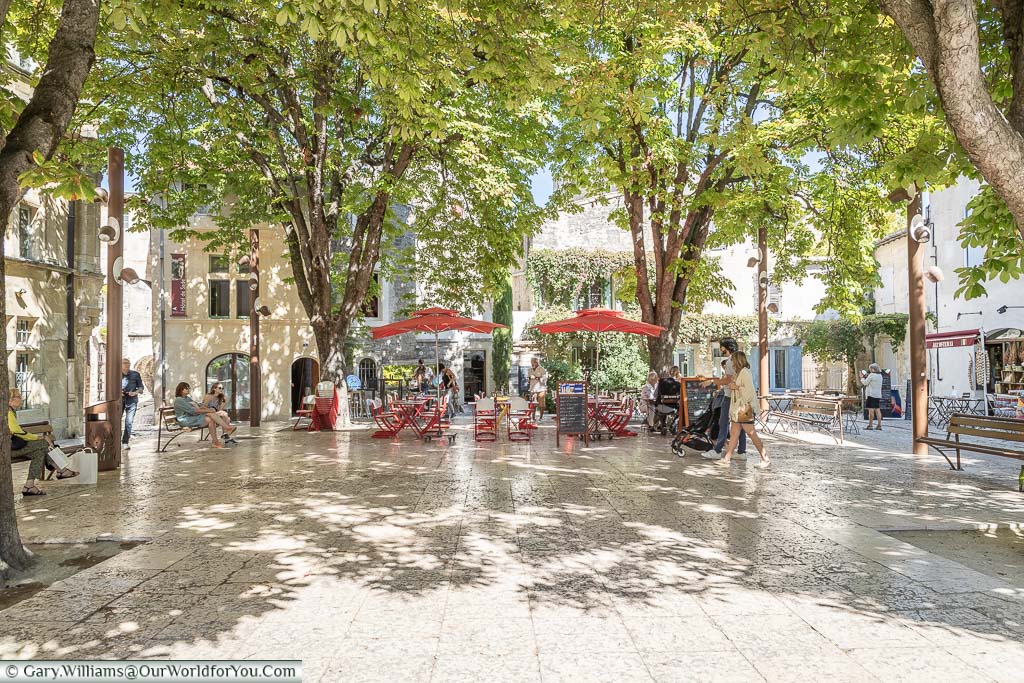That first step into a brave new world
If you read our post, 'An EV for a Road Trip,' you will know we did some serious planning before purchasing our Polestar 2. Was it the perfect EV for a road trip? Don't be silly; there is no such thing. In fact, I didn't even buy the optimal Polestar 2 for a road trip, but I am very happy with my choice, and Janis is, too, which is important.
Now, all we had to do was take it on a road trip. We plan to make a few longer trips and take days away in the UK. However, we have planned a two-week adventure around France, covering some of our favourite destinations and plenty of new places. We are looking to cover 2,000 miles or 3,200 km.
Let's examine the planning, but before we do, I need to explain that this post is a little long. So, I'll give you some shortcuts to the individual sections. If you click on the header of a section, you'll return here. I hope that makes it easier to view.

So, I will start with the why - The inspiration for another French road trip
Then how to start, with - Planning a route for an EV Road trip
A little about our experience with - Our previous road trips through France
Then how to make it easier to plan with - Tools for planning an EV Trip
Next, we share some information we have learnt over the years - Our advice for planning a French road trip
and finally, I'll give you the details of this trip, and factors in driving an EV - Planning this French road trip
The inspiration for another French road trip
Other than a love of the country and its regions?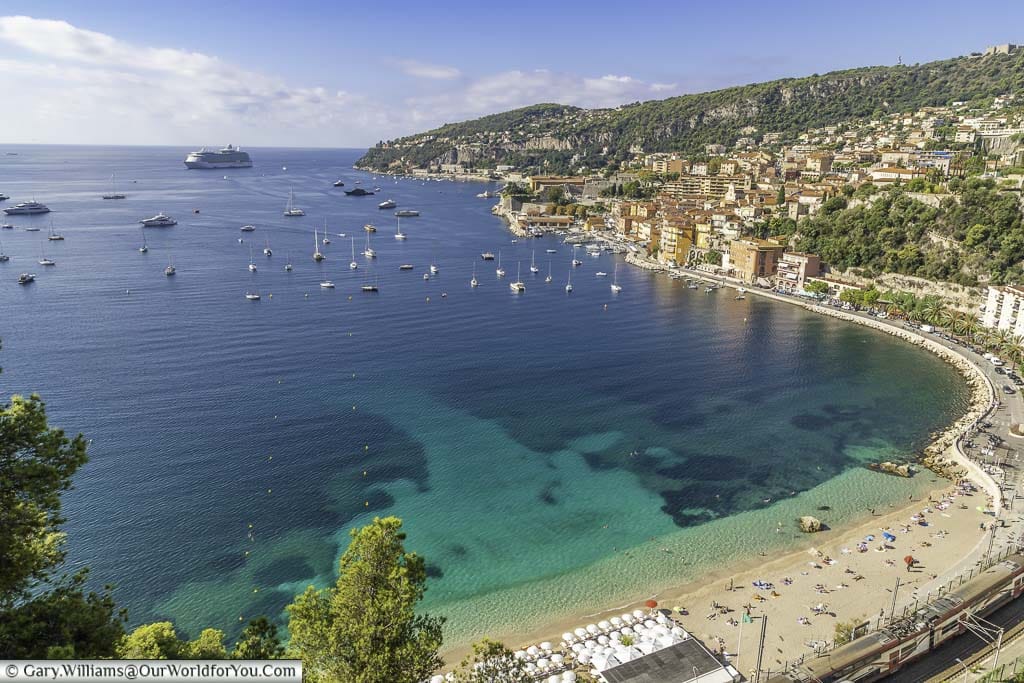
The second reason, and the driver for part of the route and locations, was Polestar's video advertisement for the Polestar 2.
As I was waiting for the right time to place my order, this appeared. A great video and a set of great locations.
I was pretty sure it was the south of France, so I dug a little deeper.
Crit'Air vignette required for driving in France
If you’re heading to France from the UK with your own vehicle, you’ll need a Crit’Air ‘clean air’ car sticker.
Just like our low-emission zones in the UK, France now legally requires the display of a Crit’Air vignette. The good news is, these stickers are readily available and affordable online through the official French government website.
The Crit’Air sticker lasts the lifetime of the vehicle, so it’s a one-off purchase. The RAC website offers an in-depth guide to everything you need to know and your requirements.
Planning a route for an EV Road trip
Start the old-fashioned way.
The old-fashioned way is to create a new Google MyMaps page, add possible destinations, a layer for the road sections and another for potential points of interest en route.
With each destination, you can add links to the description and add images you find to help you choose your ideal stopovers.
So Sisteron became the first pin on the map.
Then I had a place we visited on an earlier trip, and I really want to return because I think we missed the best of it: Semur-en-Auxois.

Then, going back over some of our older trips, the ones before we wrote this blog, we failed to capture the full charm of some of the locations. This trip could be the chance to correct that.
Actually, let's look at those trips before we dig deeper into the planning.
Our previous road trips through France
Or the ones from the year 2000 onwardsWhy 2000 onwards? Well, that's when we had digital images, all nicely catalogued. (You should check out my 'So how do I manage my 99k images (& counting!)' post for more on that—It's now over 200k, and I really need to do some housekeeping.) However, I digress.
Now, this section has nothing to do with planning a trip with an EV, but I hope it displays that we know about planning a French road trip and have some experience. Of course, if you're not interested, you can head on to the next section - 'The tools for planning an EV road trip'.
So the pure French road trips are;
2008 - The Central France road trip
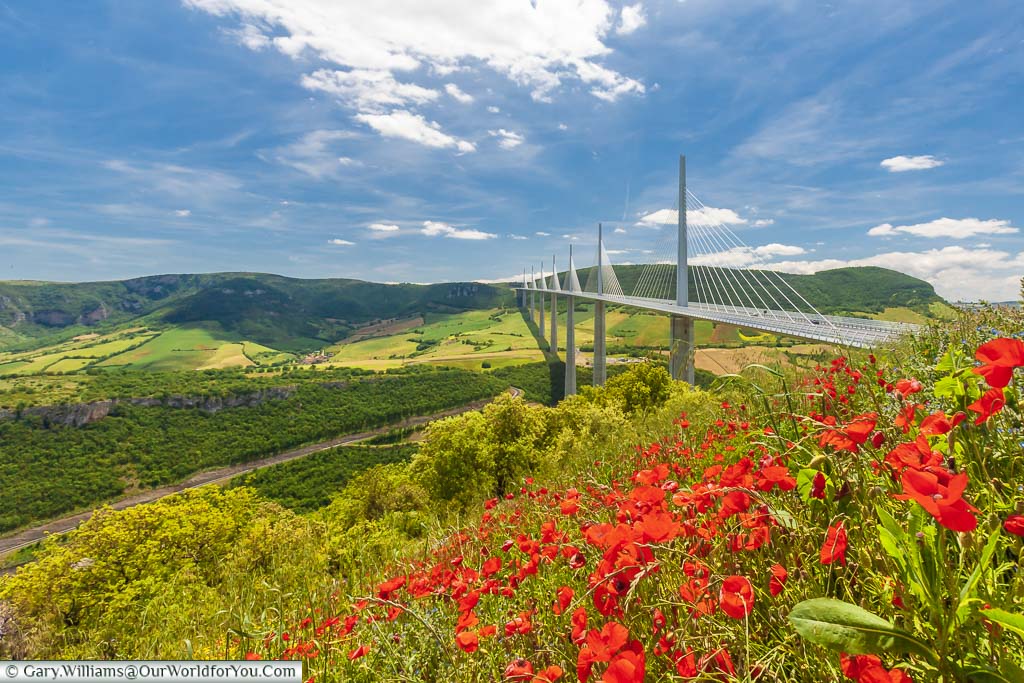
2008 - The South of France road trip
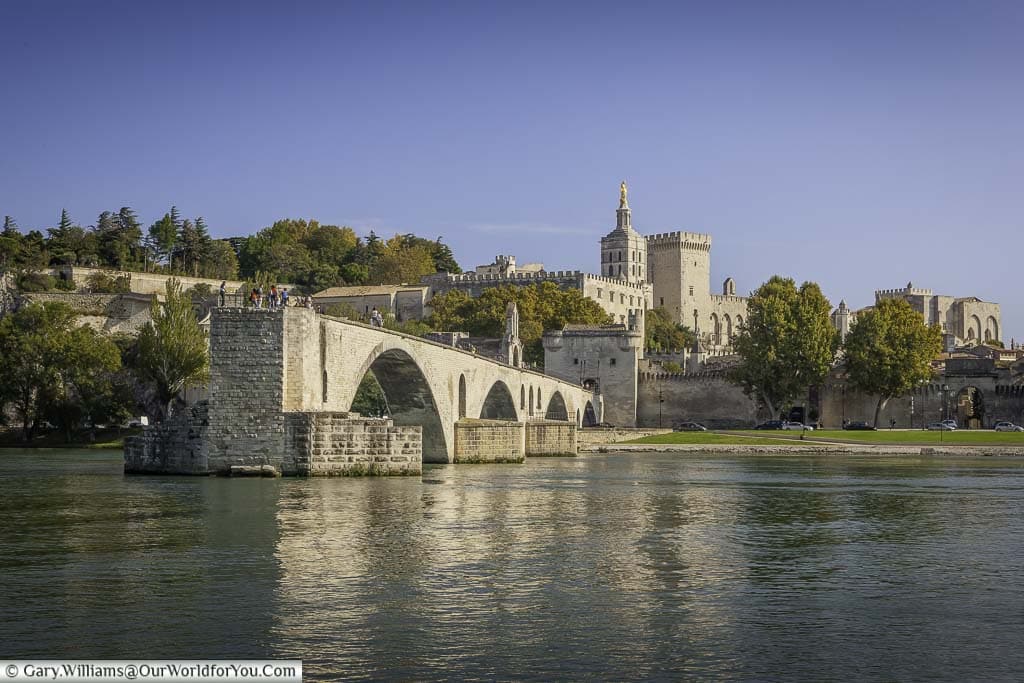
2009 - The West of France Trip

2010 - A Burgundy Wine Trip
Although not exclusively, as we started in Troyes, in the Champagne region, before returning to Beaune and then to Arras, my love of photography must have been waning because on that trip, I only took 57 shots.
Also, one individual's actions left a bad taste in our mouths. Our year-old Audi convertible was keyed along one side. Frustratingly, our hotel in Arras claimed it had secure parking, but in reality, it was a public car park.
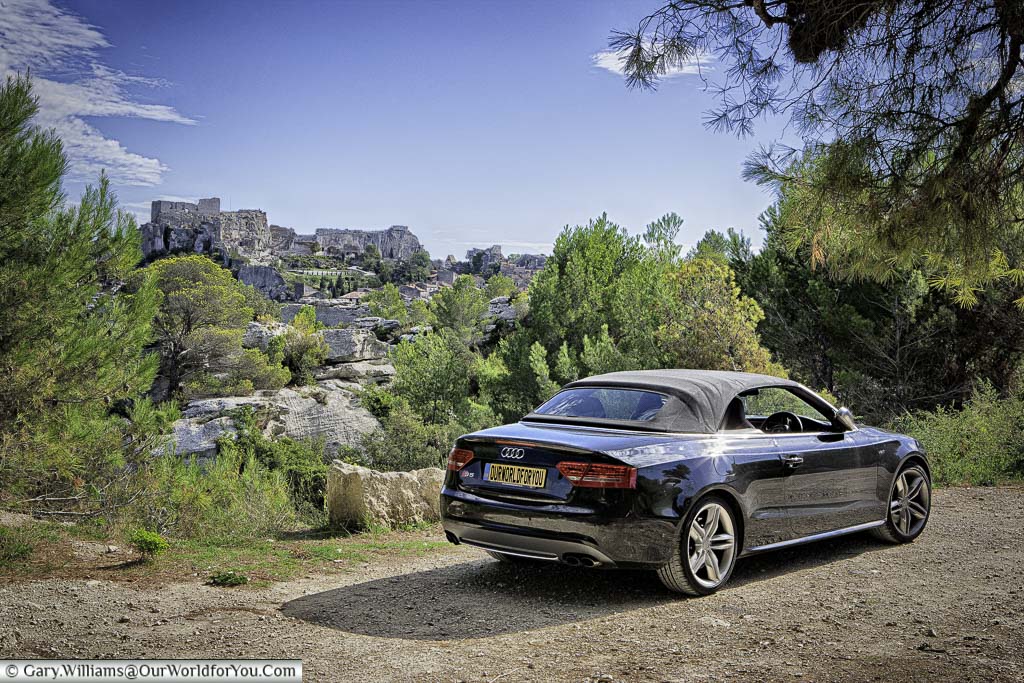
2012 - The Alsace Lorraine Trip
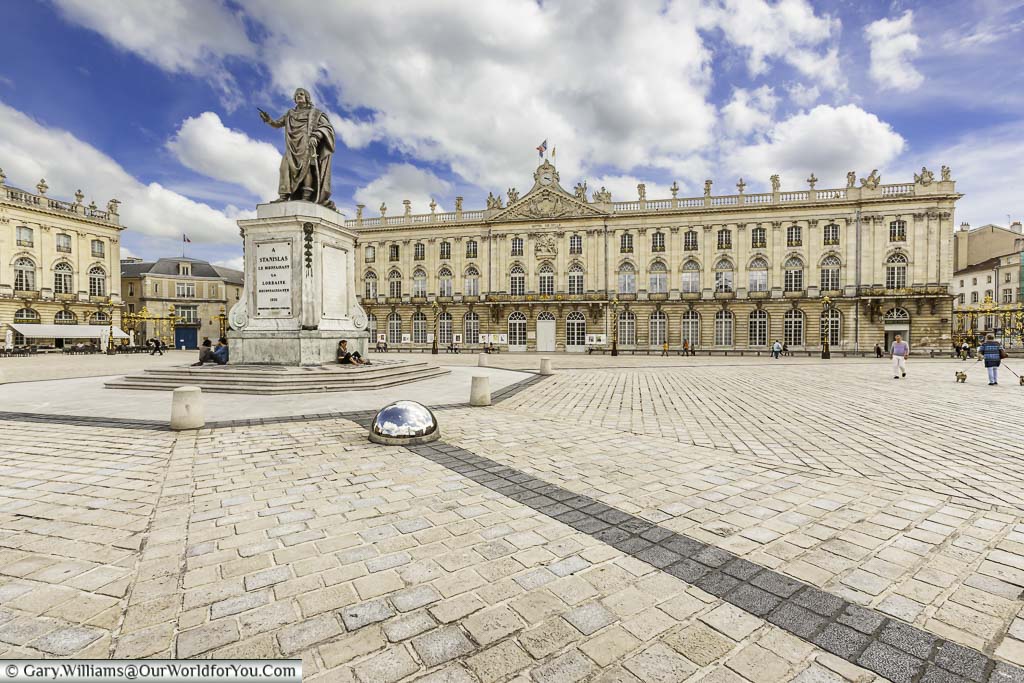
2012 - Back to the South of France
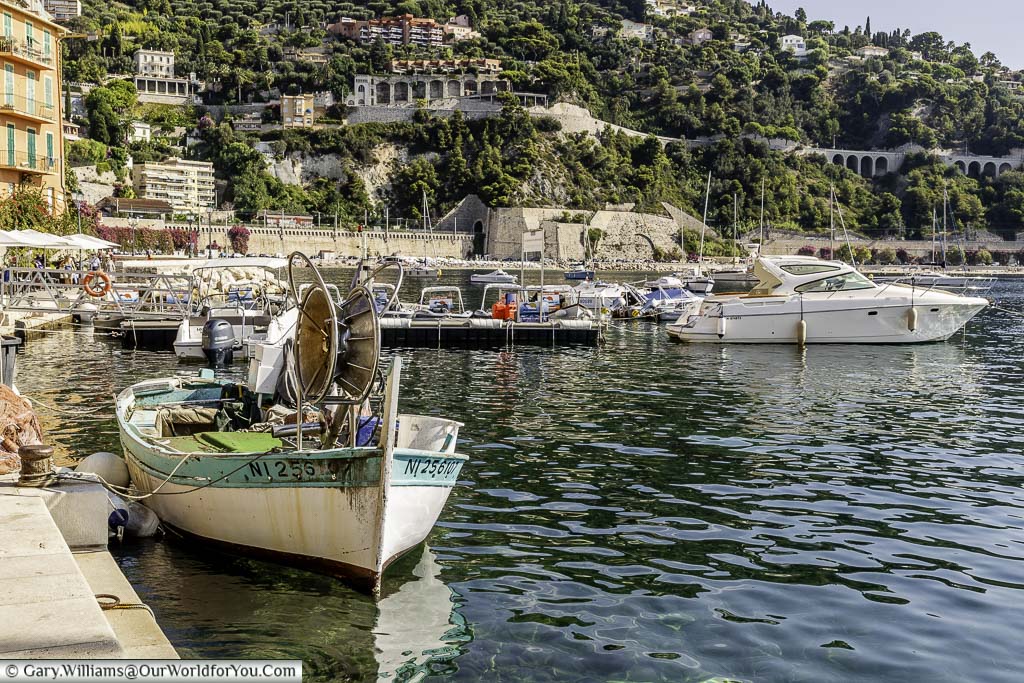
2016 - The Champagne Region
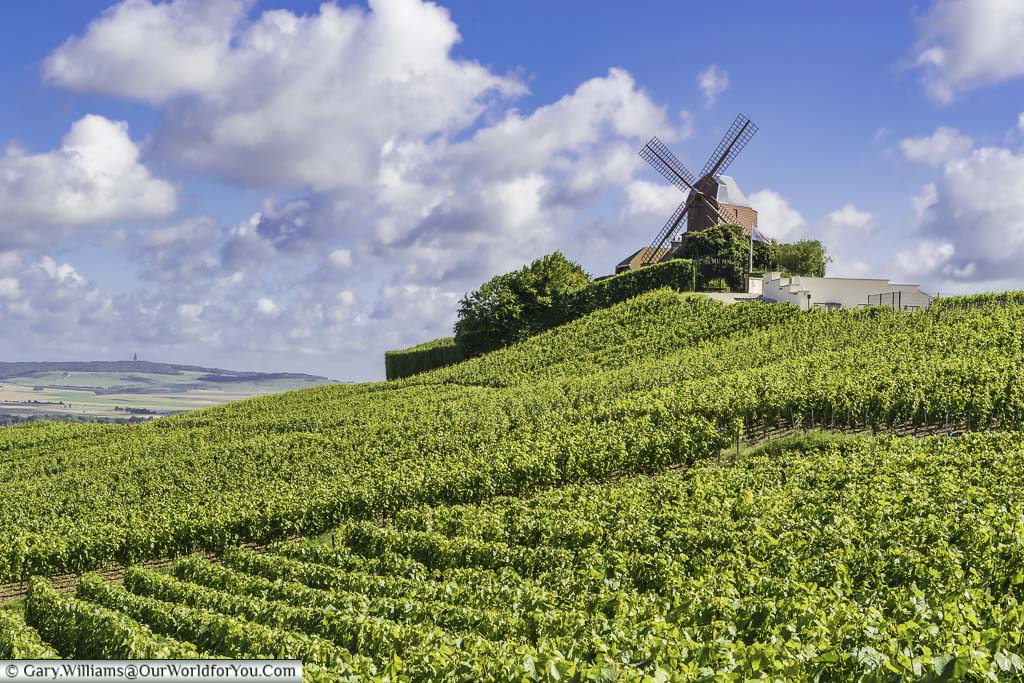
2017 - The Tour of Normandy
Again, this is another sample of a region, this time Normandy. It is relatively close to home and just 90 miles or 150km from Calais, which was handy because we had a rare issue with Le Shuttle and a four-hour delay at Folkestone. We have used this service many times, and it is simple, efficient and quick; delays like this are rare in our experience.
Anyway, the first stop was Rouen, then Caen, and finally Alençon, but we took in so much more, such as the WWII Normandy Beaches, Monet's estate, including the Lily Ponds, and the history of our links following the Norman invasion of 1066.
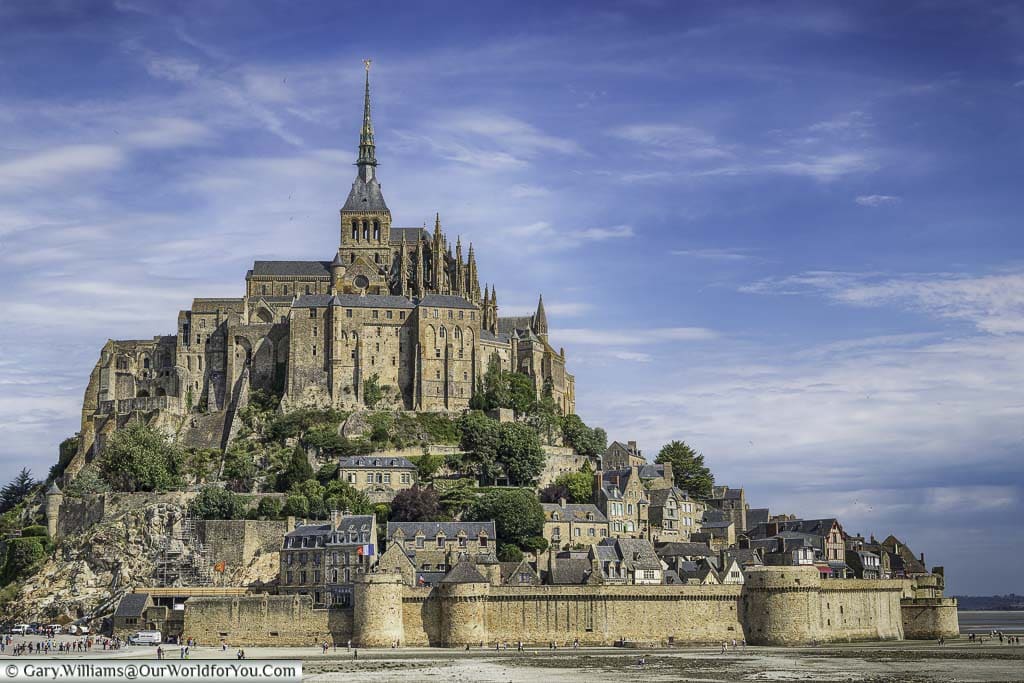
2018 - Another Tour of France
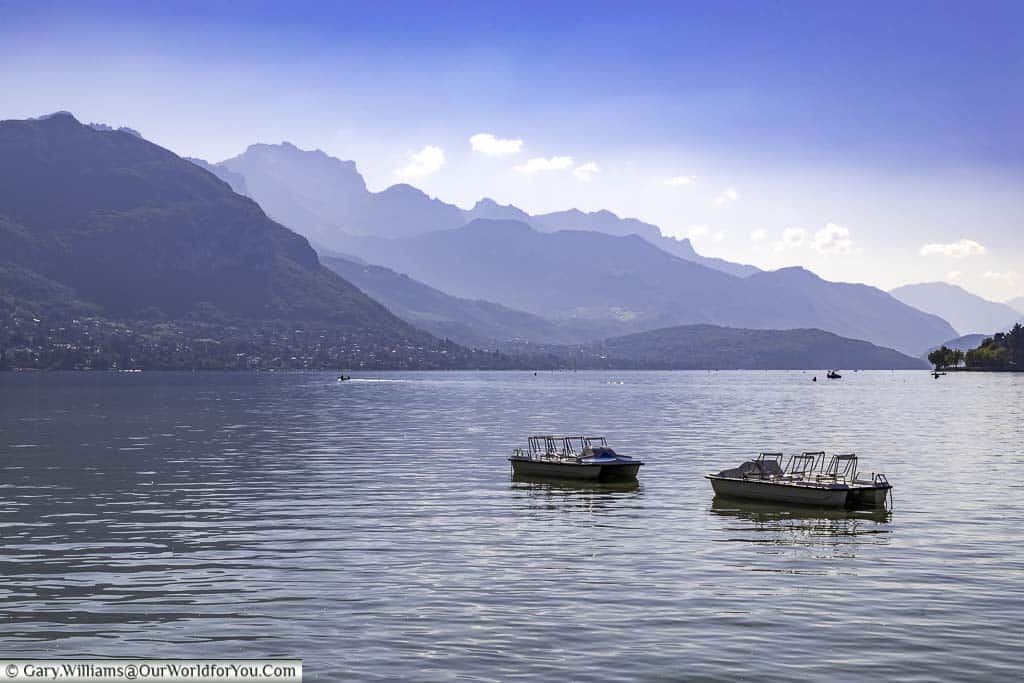
2017 - The Croatian Road Trip

2017 - The Christmas Markets Road Trip.
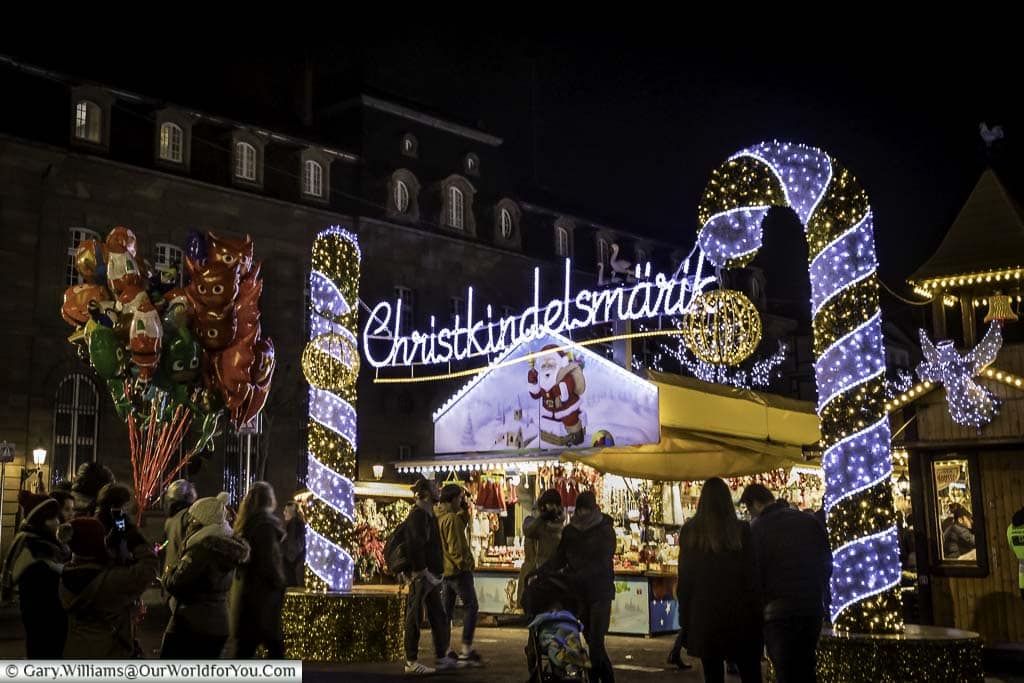
2018 - The Traverse Conference
This was a blogger's conference held in Rotterdam over a few days, but, of course, we turned it into a road trip.
As it was the 100th anniversary of World War I, or the Great War, we created a road trip of remembrance, stopping at Ypres in Belgium and exploring the battlefields there before heading on to Amiens and the Somme.
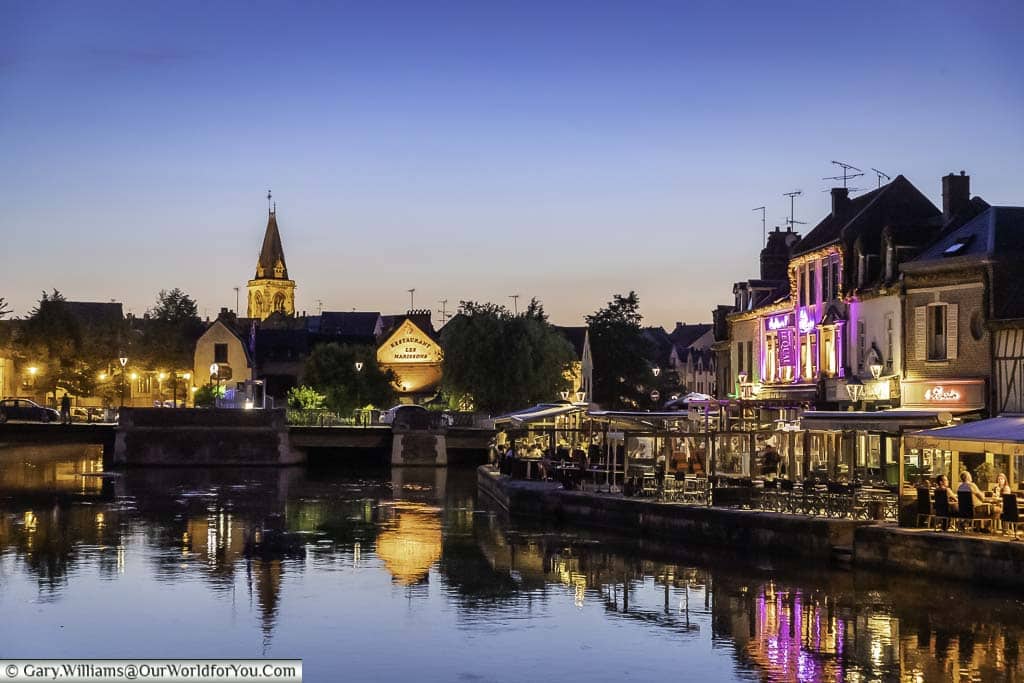
2019 - The Lakes & Lederhosen II trip
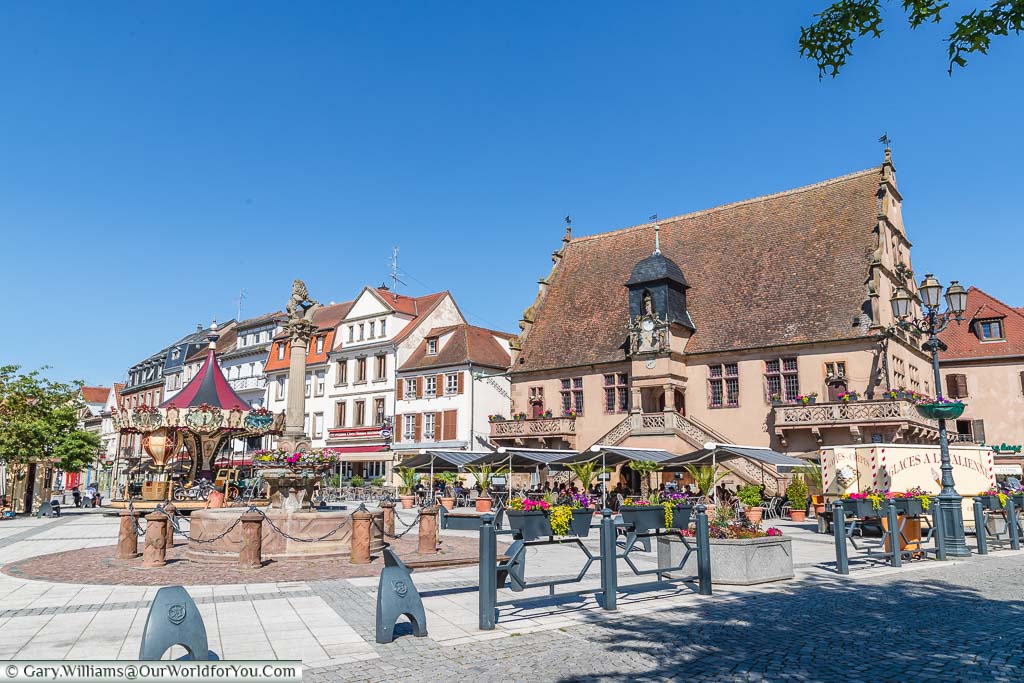
And that is it; our return to France is long overdue.
Hopefully, this section shows that we've covered some miles in France, so we have some experience.
Looking for more inspiration?
Tools for planning an EV Trip
Some simple apps and stuff to make your life easierWell, there are a handful, and I have already mentioned one, Google MyMaps, but the full list is as follows;
- Google MyMaps
- Google Maps
- A Better Route Planner
- What3Words
- Your preferred charging apps/providers (if needed)
- GetYourGuide
- Local Tourist Websites
- Booking.com (Or your preferred accommodation site)
- A good old-fashioned guidebook
This list is divided into two parts: how to join the dots and whether the dots are right for you.
Let's look at what each of these resources will help you with and their limitations.
Google MyMaps
This should be distinct from Google Maps; you'll see why shortly. MyMaps is free to use and requires a Google ID to log in. You can create multiple layers for your needs; I generally have the following;
- Accommodation
- Places to Visit
- Route Directions
The Route Directions layer is limited to 10 destinations, so this often spills onto a second or possibly a third layer. You can drag your route to map scenic routes.
You can share your route, export it, and view it on Google Earth.
You can change the base map, and there are nine different styles, including the standard map, satellite and terrain (which I often use)
You can add a description for each waypoint you put down, including hyperlinks and images. These can be helpful to remind you why you chose a specific location.
These are the maps I use and finally get added to the posts on our travels as we can add to our web pages.
So what can't Google MyMaps do? Well let's look at the next tool in my arsenal.
Google Maps
Well, Google MyMaps does so much, and I can save each map for future reference, why do I need Google Maps? Well firstly Streetview, you can't access that through Google MyMaps.
If I want to look at the approach, entrance and parking at a hotel, I use Streetview where available (In some locations, it's not permitted, sadly)

Also, we check the route from the hotel to the centre of town, just in case it may not be a pleasant walk back in the evening, even if the accommodation claims it's close to the centre.
We also like to check for restaurants and drill down into their opening times, which is not easy to do with Google MyMaps.

Also, it's easier to measure distances between waypoints in Google Maps. You have layers in Google Maps that add information such as traffic, public transport, and cycling routes.
With our Polestar 2, Google Maps is integrated into the Android Automotive OS. That means I can use its features to navigate, and I can also push a route from Google Maps on my phone directly to the car.

The car's Google Maps will also predict recharging stops along the route and, with the information, prepare the battery to receive the charge at the optimal rate.
However, the next tool takes that to the next level.
A Better Route Planner
Which, from this moment on, I am going to refer to as ABRP.
There is a free version of this app, and an upgraded premium version, which I have. The cost is reasonable, and I think it helps a lot in the planning of the road segments .
Like Google MyMaps, you can plan routes and save them. You can also share these plans with Google Maps (you can also open them in Apple Maps and even send them to an Excel Spreadsheet). The difference is you can set a departure 'state-of-charge' (SoC) and an arrival SoC. You can add your waypoints and chargers around them too.

Again, with the Polestar there is an Android Automotive OS app that can run directly on the car and take the vehicles SoC in its dynamic planning. However, one limitation of the onboard app is that it does not yet provide driving directions on the driver display. For that, you need Google Maps, and of course, you can export from ABRP to Google Maps.
Another limitation, also shared with Google Maps, is that each route can add restrictions such as Avoid Motorways, Tolls, and Ferries, but not for an individual segment on a route. However, with ABRP, you can add guide points to take your route in the direction you want, navigating a stretch away from an area you don't want to travel to and saving that into your plan.

You can add preferred charging networks and filter on the types of chargers you prefer and those you wish to avoid, as well as the number of stalls.
It is certainly a tool to consider adding when planning that trip.
What3Words
It allows you to identify a precise location. Let me give you an example when we arrive at our hotel in Saint-Rémy-de-Provence, the Hotel Gounod, Google Maps give us the address;
Hotel Gounod
18 Pl. de la République,
13210 Saint-Rémy-de-Provence,
France
but, we know, because this will be our third stay, we will need to pull up at;
///reinsert.conserved.names - Check-in and drop the bags off, and then take the car to
///swiftest.minerals.mansion - Which is their secure car park.
There have been many hotels on our travels where the reception and car park can be on different streets.

Your preferred charging apps/providers
Octopus Energy provides our electricity, and our tariff is the Intelligent Octopus Go. This gives us a guaranteed six-hour reduced rate overnight from 11:30 pm until 5:30 am, which is for the house and charging the EV. The the current rate of 7.5p per kWh, our first 400 miles on the Polestar cost us just under £10.
I mention this because we also have an Electroverse charging card (Electroverse is Octopus's partnership with EV charging networks), which is linked to our tariff. This gives us an 8% discount on the displayed prices of any partnered networks.

If you have an EV and think that sounds like a good idea, and you're not an Octopus customer, let me give you a discount code.
https://share.octopus.energy/sage-deer-433
If you sign up with this link, we will split £100
We also have a Polestar Charge card & app, which will allow us access to the Tesla Supercharging network. This is usually the lowest-cost, high-speed, public charging network available.
GetYourGuide
This may now be necessary for route planning, but will help for destination planning.
For example, Sète is one of our destinations; let's see what GetYourGuide brings up.
Local Tourist Websites
So for us, Explore France, then follow the menu to Destinations and select your region or regions of choice for pointers. This will give you an up-to-date look of where's worth visiting.
Another site we like to refer to is 'Les Plus Beaux Villages de France', which also includes an interactive map. Check your route to see if you are passing any hidden gems.
Booking.com (Or your preferred accommodation site)
On this trip, and every previous road trip, we always filter on parking. You have to check the bottom of the hotels site, where it says 'Facilities of ...' to ensure it's private parking, if that's what you want. It's also worth checking out Streetview on Google Maps too. If you drive a larger vehicle, check for any height or width restrictions, which may cause issues.
Also, read the reviews and search for parking. You may find quibbles about the price, but that's your choice. Look for people complaining about access or issues that may affect you.
Booking.com also allows you to filter by 'Electric Vehicle charging stations'. Again, this may not be private parking, but a public parking lot nearby with EV chargers.
Of the ten locations we have selected from this trip, eight have charging facilities. A number have allowed us to book the slot. (I am still interested to see how this actually pans out.) There is a fixed fee of €10. If I leave the following morning with a full charge, I am going to be a very happy individual.
I have ensured there is an ultra-rapid charging facility nearby should there be issues, but let's hope for the best.
A good old-fashioned guidebook
Well, there's a new one due to join our shelves. That's Road Trips France by DK/DK Eyewitness. It has 24 trips, some lasting up to 5 days. We will review the bones of these trips and see if any intersects with our route or if there are little tweaks we can make to pick up some sights en route.
Also, if there are some tours we cannot incorporate into this trip, well, guess what? I have a plan for 2025.
Our advice for planning a French road trip
Or what we have learned from our exploits.So we are all different, I know that, but if I set out how travel, or how we have travelled in the past.
In days of old, the miles I used to consider reasonable for a day on the motorway, to get to a destination would be around 350-400 miles (560-645km), with probably one fuel stop that would involve a comfort break, and that would mean 6-7 hours driving. There's only the two of us and no children so that was achievable. I suspect as I get older I may need to stretch to two pit stops.
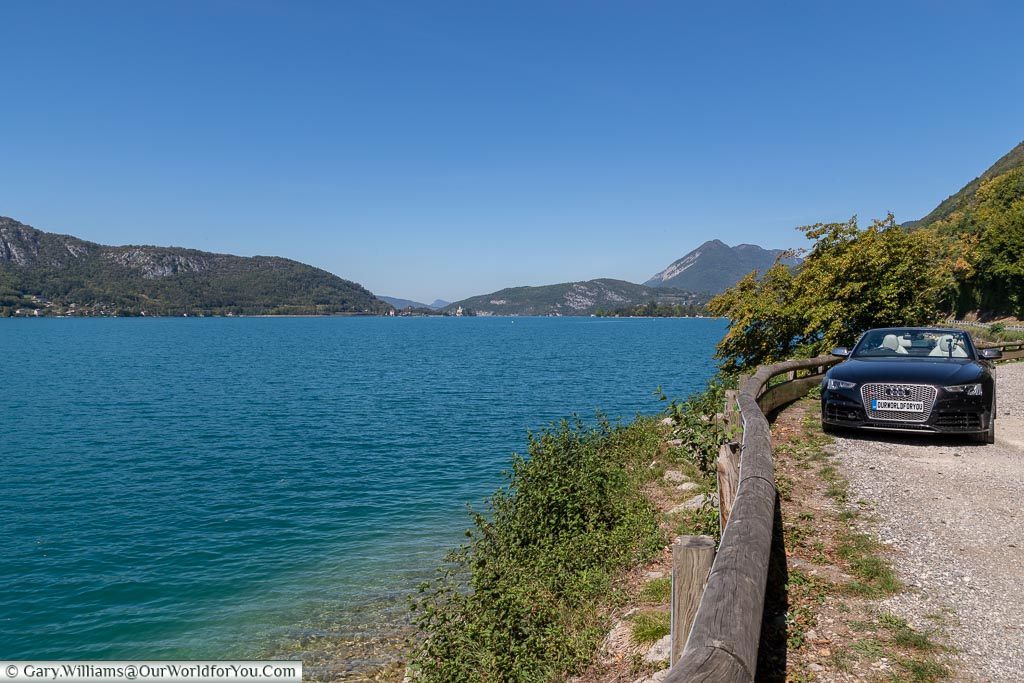
We generally don't lunch on the longer motorway stretches, preferring to get to our destination. If we did, then that would add, I guess, an hour.
If we got our normal, early morning Le Shuttle, we would leave Calais around 9:40 am and arrive at the destination about 3:30 pm - 4:30 pm. That's okay if we're at the destination for more than one night. If it's just a stopover, then ideally, we like to get there by 2:00 pm - 2:30 pm. The earlier arrival allows us to look around, grab some refreshments, explore some more, and then have an evening meal before heading off the next day.
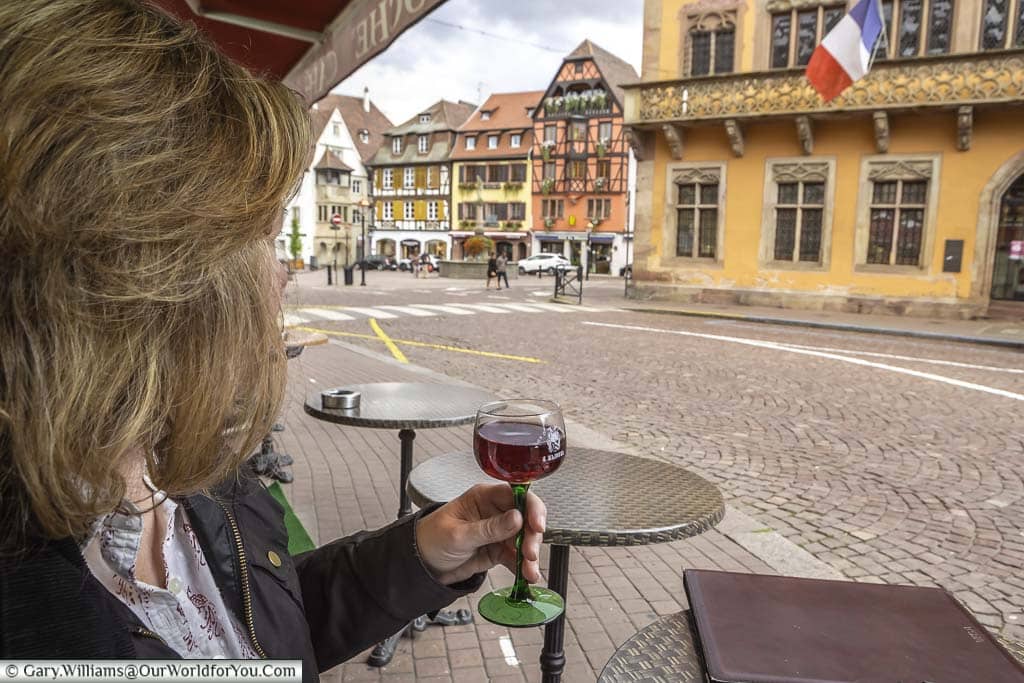
These are the heavy-duty legs; that get you where you want to be. The average speed on these segments tends to be higher, and stopovers are limited. Then you have the back road stretches; the speed tends to be much lower, and you rarely touch a motorway. These are where you create your memories, discover new places and are the backbone of your trip. In the next section, I'll call these out on our planned next French road trip.
Another thing we have learned over the years is Monday can be a quiet night in France, so we like to be in a bigger town or city to ensure there's a choice of restaurants to eat at. Remember to use Google Maps, check out the places to eat and check their opening hours.
There are also market days, but if you arrive mid-to-late afternoon, the market may be winding down. This can make parking a little more challenging, but we love a French market.
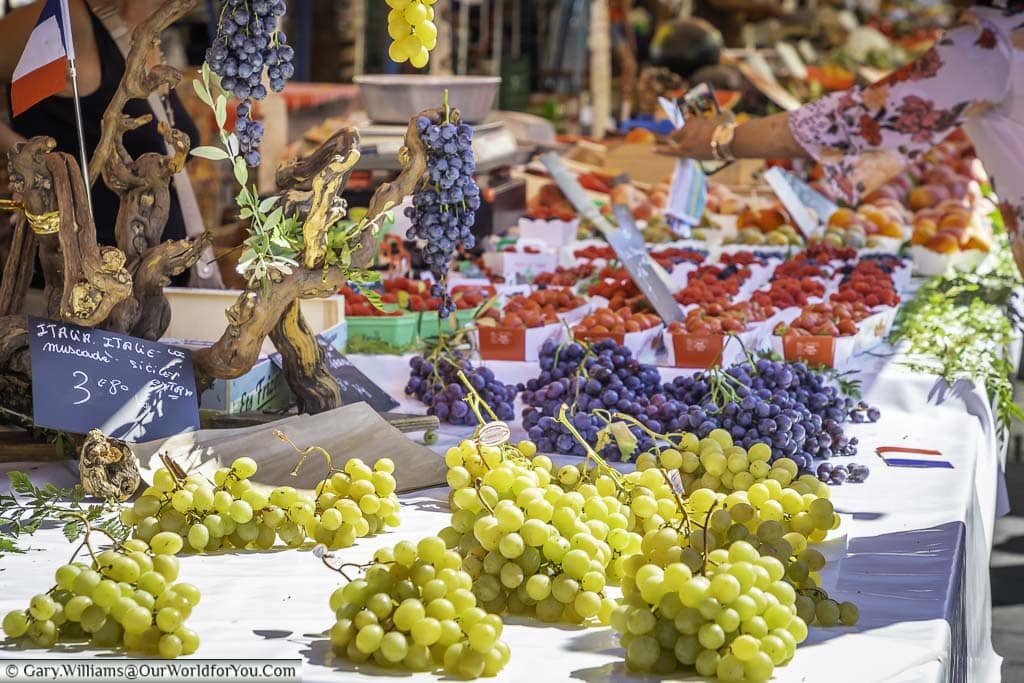
So in summary;
- What's your start time?
- Distance to destination
- Lunch stops if required
- Other stopovers
- Estimated time of arrival
- Factor in weekends, Mondays & market days
If you love spreadsheets, and I do, you can pop these into a table to validate your plans. Remember, this is a framework, an estimate, not a military endeavour—enjoy your road trip.
Want to hire an EV?
Planning this French road trip
And what may be different with an EV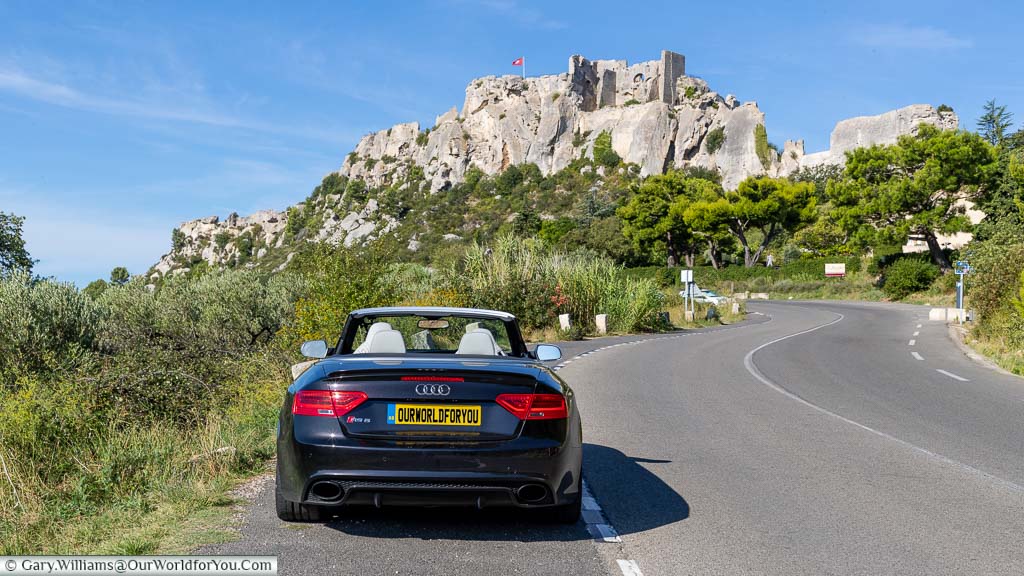
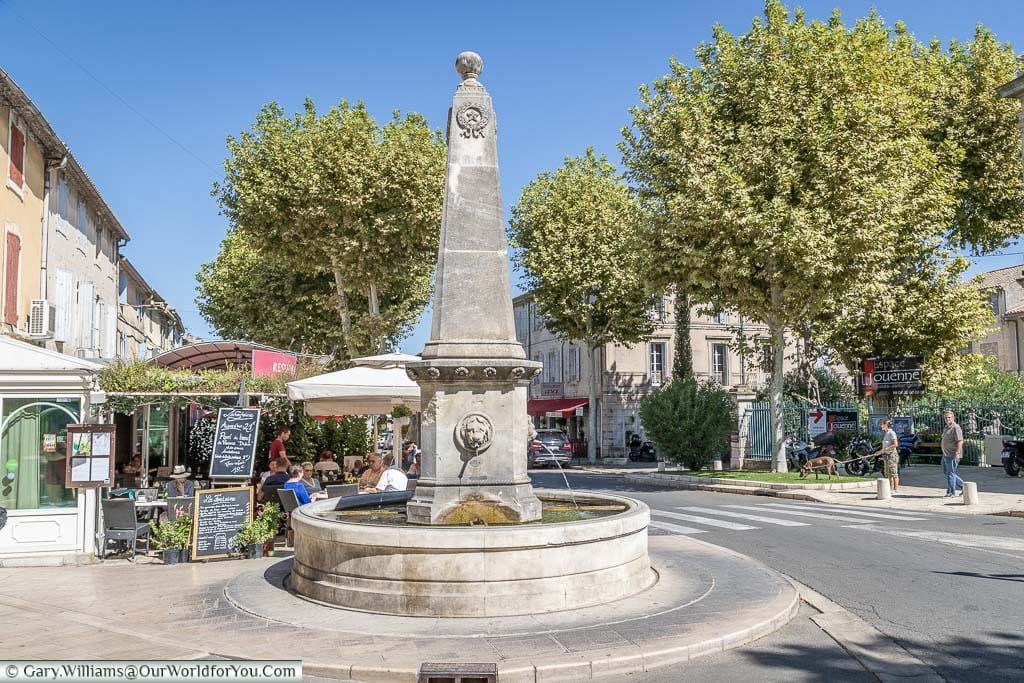
So, as I mentioned earlier, Sisteron was the first pin on the map, and Semur-en-Auxois the second.
We had caught a UK TV Series set in Aix-en-Provence, called 'Murder in Provence', there were only 3 episodes, but it left an impression, so, we thought why not. We had scooted around the outskirts on a previous trip but were not impressed, but that can often be the case with many locations, you have to get to the old heart of the old town. That was another pin.
On our 2009 West of France Trip, we stayed at Bordeaux; however, I have no pictures of it. I've checked the sequence numbers; there are no missing shots, so I guess I was just being lazy. I remember it as a beautiful city, so I think it needs to be another pin.
Looking at Bordeaux to Calais, we needed a stopover; at 535 miles or 860 km, it was just too much, but at almost the midpoint was Le Mans, home to the world-famous 24-hour race, that I visited from 1993 -1999, and where my love of France probably began. However, I have heard the centre of the old town is beautiful, but I had never seen it. We even sneaked to the circuit on our 2017 - The Tour of Normandy. This had to be a pin.
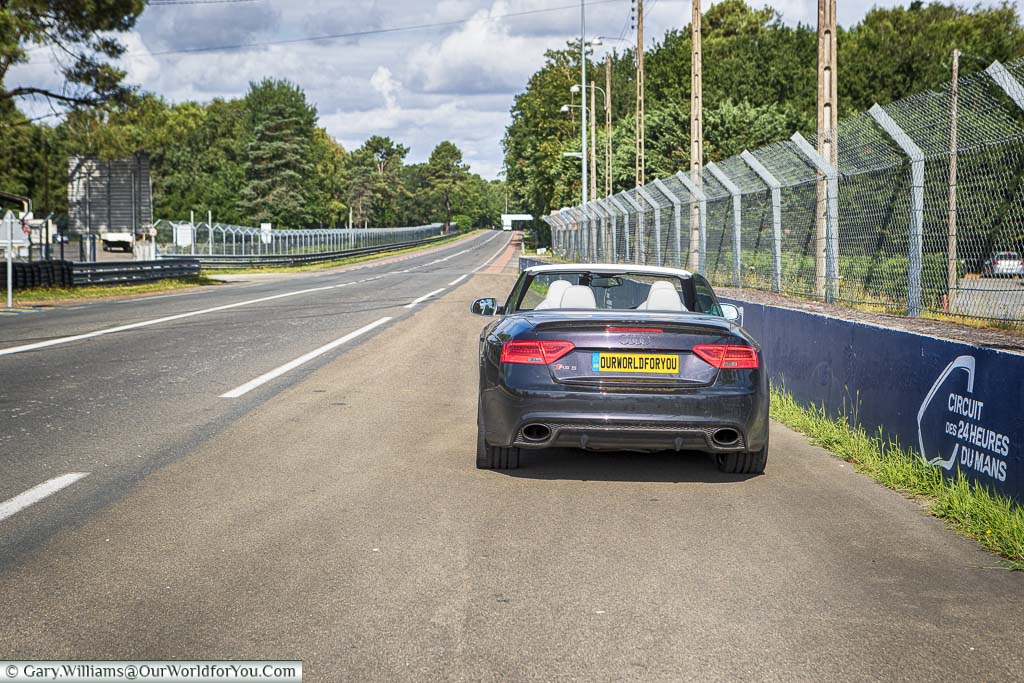
This was the framework of a plan; now, we need to add a few more dots. Also, we needed to choose a start date. We normally like to head out after the August Bank Holiday in the UK, when the kids go back to school. We are fortunate to be flexible with the duration, but we do write these posts for you, so we are thinking that if we could keep it within two weeks, that would be good.
We have another Google MyMaps page of places we like to visit in France, we have ones for Spain and Germany too. It's a bunch of pins we've collected from Instagram, blogs, or just places we've seen on the TV. We watch the Tour de France every year, and that often adds a new pin or two.
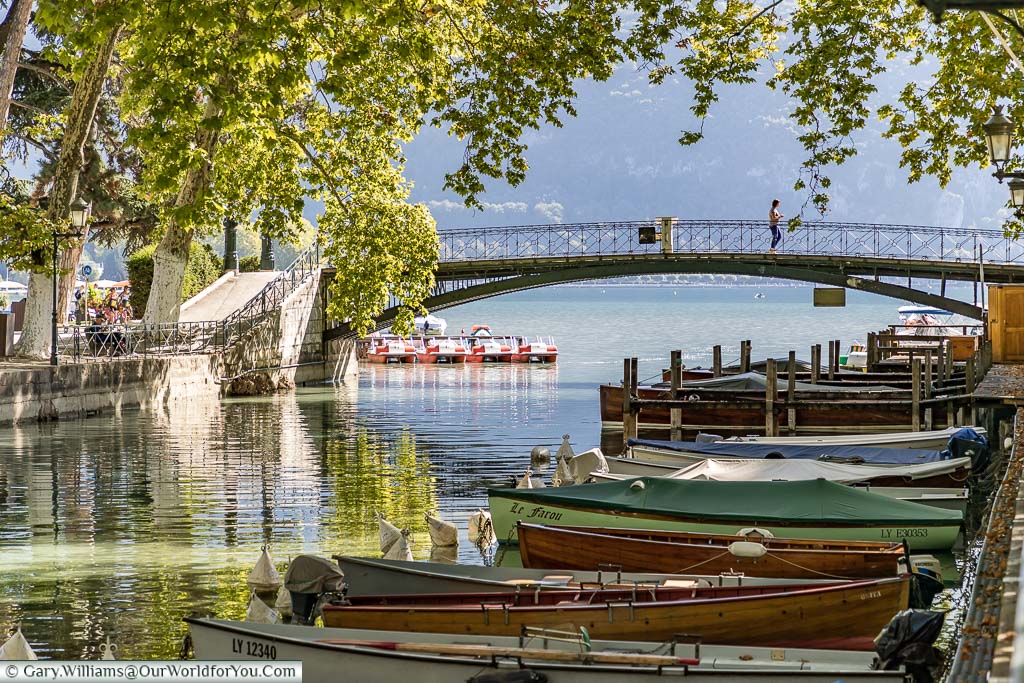
However, at this point in the planning we like to start building out the route, and searching for accommodation.
Historically done with a mix of Google Maps, Google MyMaps, now I will also be using A Better Route Planner.
I know the first destination is going to be a motorway stint, and probably the second leg also to get me to Sisteron.
So I plug in Semur-en-Auxious from Calais. I guestimate I'll have 84% range from Calais, and I will be there at 9:40 am. ABRP gives me three charging stops, totalling 40 minutes, with an arrival time of 3:30 pm. That's a total of 5 hours 58 minutes journey time. For the EV cynics out there, I could have covered that without a fuel stop in the Audi S3, but I may have needed a comfort break, possibly two. It also means we will arrive later than we would like, so a little head-scratching. Has it been an EV fail at the first hurdle?


We switch to our 'Places to visit in France' Map, est voila Provins, a UNESCO town, just under 50 miles, or 80 km southwest of Paris. Throw that into ABRP and it's 226 miles, a drive time of 4 hours 48 minutes from Calais, including 22 minutes of charging time. I can use that time to take those comfort break(s). The estimated time of arrival is 1:48 pm - c'est préfet.
If you've seen our posts on UNESCO sites, you'll know we are fans. We already have 12 in France, but the UNESCO World Heritage list is a resource we use when planning any road trip.
Now a search of Booking.Com, filtering on Parking and Electric Vehicle charging stations and we find Hôtel Aux Vieux Remparts, it has free onsite parking, and an Electric vehicle charging station. What could be better? Using Google Streetview, that's the image in the planning section, access looks okay, we're just a short, pleasant walk from the heart of the town. Happy days.
And that means tomorrow's journey is reduced to 125 miles, which we'll take across-country through the north of the Burgundy wine region passing towns and villages such as Chablis. It will also allow us to take a break and pop into the Abbaye de Fontenay en route.
The spreadsheet tells me we'll arrive in Semur-en-Auxois at around 3:00 pm. That sounds about perfect.

Semur-en-Auxois is a small town, and we're here on a Wednesday, so hopefully, we'll find a nice little Bistro. Our accommodation, The Hotel Relais De La Cote D'or, is perfectly placed for us and has EV charging, but we can't reserve it. As with all destinations, there is a plan B, a location nearby with multiple stalls with 100+ kW chargers.
Our next hop is a long one, and it's the one to Sisteron.
The total distance is 301 miles. If I leave Semur-en-Auxois with 100%, ABRP tells me I will need two stops, totalling 34 minutes, to arrive at our stopover, the Hôtel de la Citadelle, with 27%. There is public parking at the hotel, and there are two public destination chargers at 22kW, however the Polestar 2 can only charge at 11kW, and there are idle fees for this charger. So I may be able to use it, but I need to move it before I decide to have a drink in the evening. With the Polestar 2 App, I can check the state of charge remotely, so If I can get on a charger, then I can make a call from there.

There is also ten 300kW chargers 6 miles away on our next leg to Antibes at the Aire de Aubignosc Ouest. Charging there will be nice and rapid, and we can grab a coffee too.
The drive to Antibes is hopefully one of the highlights. It's just 108 miles or 175 km, so it should be easily achievable on a single charge. I hope so because there's not much in the way of options on this leg.
We'll pass the beautiful Le Verdon as seen on our 2008 - The South of France road trip.

It's going to be interesting because this is the mountain road route from the Polestar 2 advert where we take on the Route Greolieres. ABRP says it will take 3 hours 23 minutes, but I suspect it may take longer as we stop for photos at the laybys en-route, however we are going to want to arrive at Antibes at around 2:30.
Again, we only have one night, so we really want to make the most of our time.

In the drive for EV parking and location, we have chosen the Best Western Hôtel Journel Antibes Juan-les-Pin. We've reserved the EV charging bay at €10, there's €14 on top of that for parking, but that's okay. If I am charging the car to 100% from probably 25%, giving me an additional range of 200-230 miles for €10, that's pretty good - Where are those EV cynics now?
The next pin in the map was Aix-en-Provence. Oh boy we tried; parking close to the centre of town, at a price that fitted our budget. So much Streetview, so many hotels we reviewed. None fitted our bill, so after sleeping on it, well, it had to be Saint-Rémy-de-Provence. We know it so well.
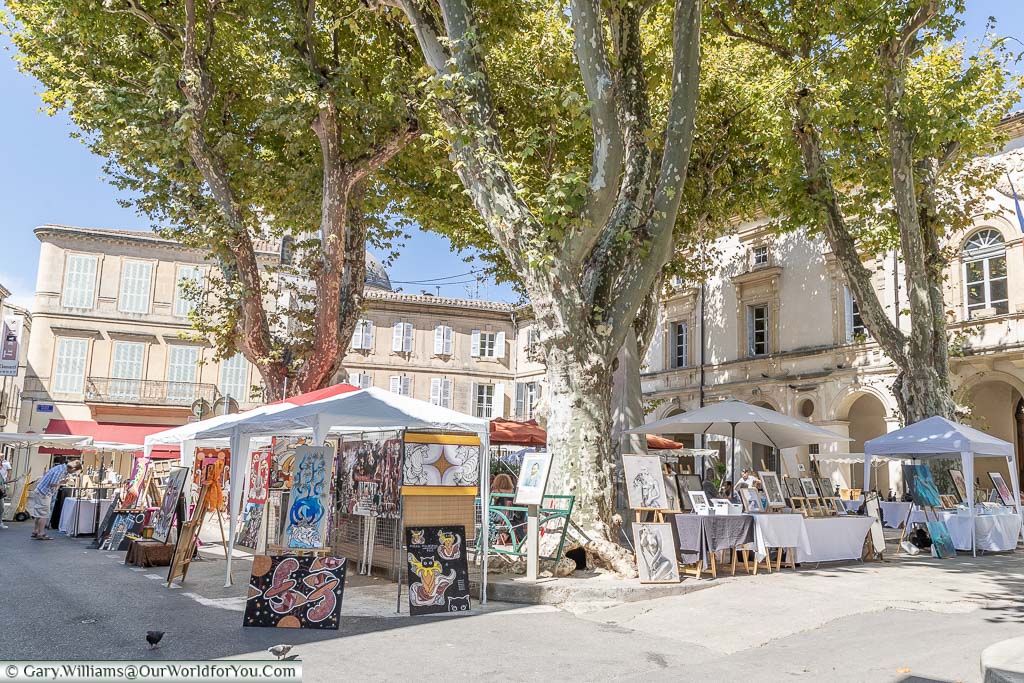
St Remy is perfect for us, and we have three nights here. It had to be Hotel Gounod, a couple of minutes walk to the Collegiale Saint-Martin, and the narrow lanes of the heart of this town. We opt for the secure car park a couple of minutes walk away to rest the Polestar at night.
There is very little local charging, but just a few miles from the centre of town, there are a few options for rapid and ultra-rapid charging.
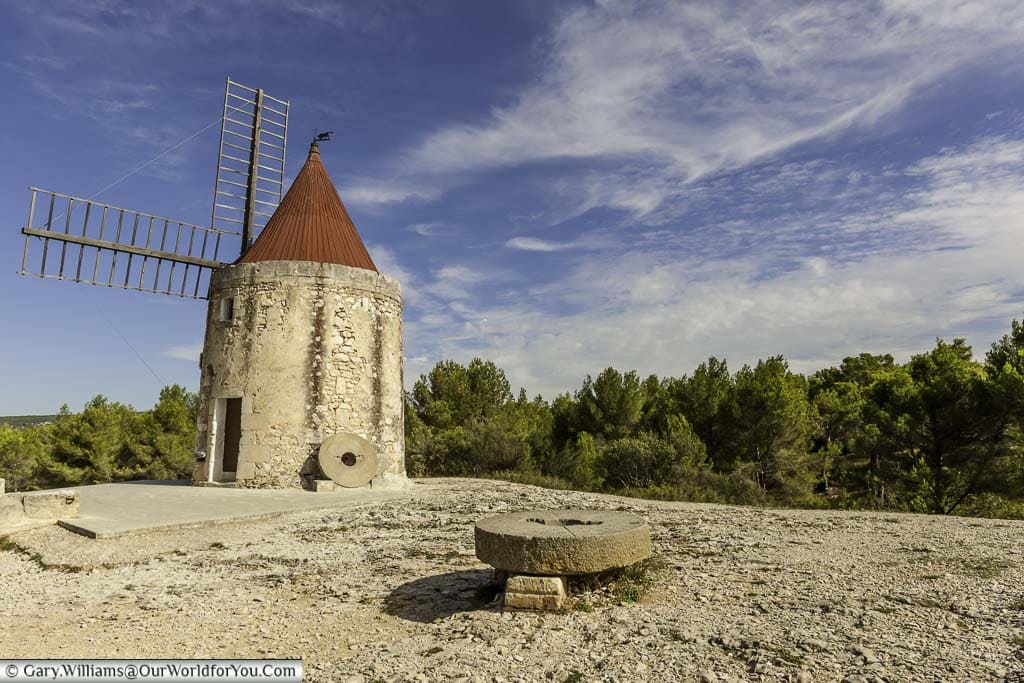

Again, we struggled to find accommodation that ticked all boxes in Sète, but one that did was ibis budget Sète centre. Now, we expect basic, but that's okay in the context of a two week trip. We have secure parking at €2 a night, the option of EV charging and a 3-minute walk to the Pont de la Victoire, and then onto Canal Royal.
We now head up to Albi, a UNESCO city with its magnificent Cathedral and the Pont Vieux over the river Tarn, a destination we spotted on a Tour de France. It's just 117 miles/188 km from Sète across the country. With just one night in Albi, we'll want to arrive by 2:00 p.m. to get a chance to look around.
Our accommodation is the Hostellerie Du Grand Saint Antoine, which has private parking at €15, and an EV charging facility that we booked, again, for €10 a night.

As I mentioned we wanted to stay in Bordeaux, and like Aix-en-Provence, we struggled to find anywhere that matched our requirements, so we opted for Bergerac instead.
Staying for two nights to allow us a slower drive to our accommodation, the Brit Hotel Europ Bergerac, hopefully taking in few towns on route. The basic outline is 155 miles/250 km with a drive time of around 4 hours 20 minutes but we have some pins we may wish to explore time dependant.

The aim is to arrive at Bergerac by 4:00 pm. During our day, we plan to head to Bordeaux, park as central as possible, and explore the city; the 120-mile/200-km round trip will allow us to enjoy the Dordogne too.
Our choice of hotel was again limited, but it has secure parking at €5, but the entrance may be tight, but we will see on the day - may need a plan B. Also, there's no onsite charging, but there are plenty of options close by.
Our next destination is Poitiers, but en route, we will stop at Oradour-sur-Glane, the site of the Nazi massacre of 10 June 1944, 4 days after D-Day. The ruins of the original village have been left as a memorial, and we plan to explore.
We will scoot past Limoges, but there will be no stopping on this trip.

The route is 161 miles/260 km, and as we're at Poitiers just one night we wish to arrive early. We will be staying at the Logis Hôtel de l'Europe, with private parking and an EV charging point.
Our next, and final destination, before we get home is Le Mans. As I mentioned, I know the circuit well, in person, and hours on the Playstation lapping the Circuit de la Sarthe, but never have I visited the historic old town, so it made perfect sense to stop here.

We're just 167 miles/270 km from Le Le Mans on the route we have chosen via Amboise, Blois and Vendôme. Once again, time will dictate when and where we stop, again aiming to be at the Leprince Hotel Spa by around 2:00 pm. Secure parking at €10, plus an additional €10 for the EV charging.
I would love to ensure the Polestar 2 is at 100% for the final leg, which will be 298 miles/480 miles to home. ABRP indicates two stops of about 34 minutes to get me home with 28%. To be honest, if I pull onto the drive with 10%, I will be happy.
I love nothing more than planning a trip through France and so often I use the DK Eyewitness books. I find them extremely informative, easy to follow and the pictures and maps tempt you into discovering more.
We used a previous version of this book to plan our French road trips, now you can grab the revised copy.
Has it been easy planning this French EV road trip?
Compared to a regular road tripWell, the planning part has been, in anything more straightforward, but maybe that's the improvement in tools I have, and the experience to use them. It could be the fact I have kept each individual leg down to reduce recharging en route has created a better road trip. Certainly, if I get re-charged at a hotel overnight while sleeping for €10, it is going to be a big win, but we will see.
I guess you'll have to wait until early October, when we have completed the trip, to see how successful we have been. I promised to write an honest and open detail of the journey.
* This post may contain links to affiliated sites where we earn a small commission at no additional charge to you.
